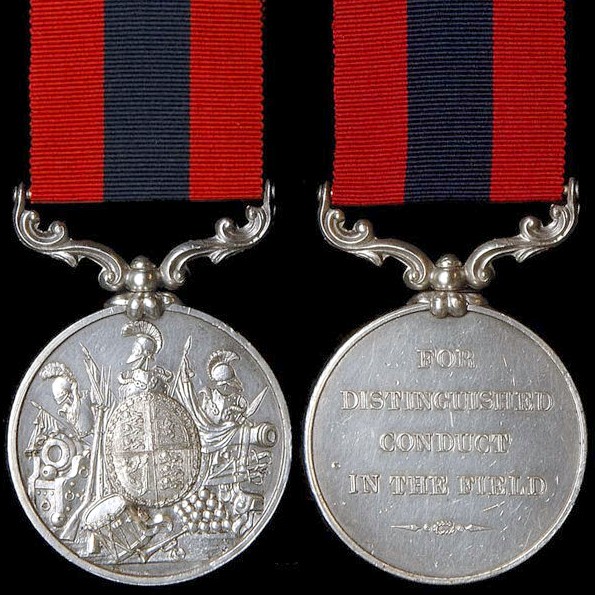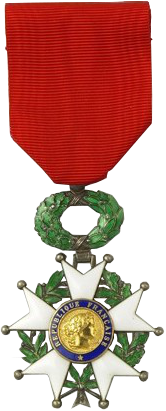This is the first of, what I hope, will be at least two blog posts about trying to identify my great great grandfather Henry James Humphrey Swendell from a set of portraits of the Rifle Brigade’s 1st Battalion serjeants’ mess taken in Canada in 1868. Spoiler alert - I haven’t identified him yet.
I don’t know about other people, but for me finding a picture of an ancestor is one of the most exciting things about family history research. Having a photo of someone makes them that bit more real and relatable. Photography was invented in 1839. As the 19th century progressed photography became more widespread. For example, photographs were taken of Rifle Brigade soldiers in the Crimean War. This got me thinking, was there a picture of Henry Swendell out there?
The Rifle Brigade was amalgamated with other regiments to form the Green Jackets Brigade in 1958 and then the Royal Green Jackets Regiment in 1966. The Royal Green Jackets Regiment’s museum is in Winchester with the regiment’s archives managed by Hampshire Archive. Searching the Hampshire Archive’s online index I came across a photo of the Rifle Brigade’s 1st battalion serjeants’ mess taken in 1868.
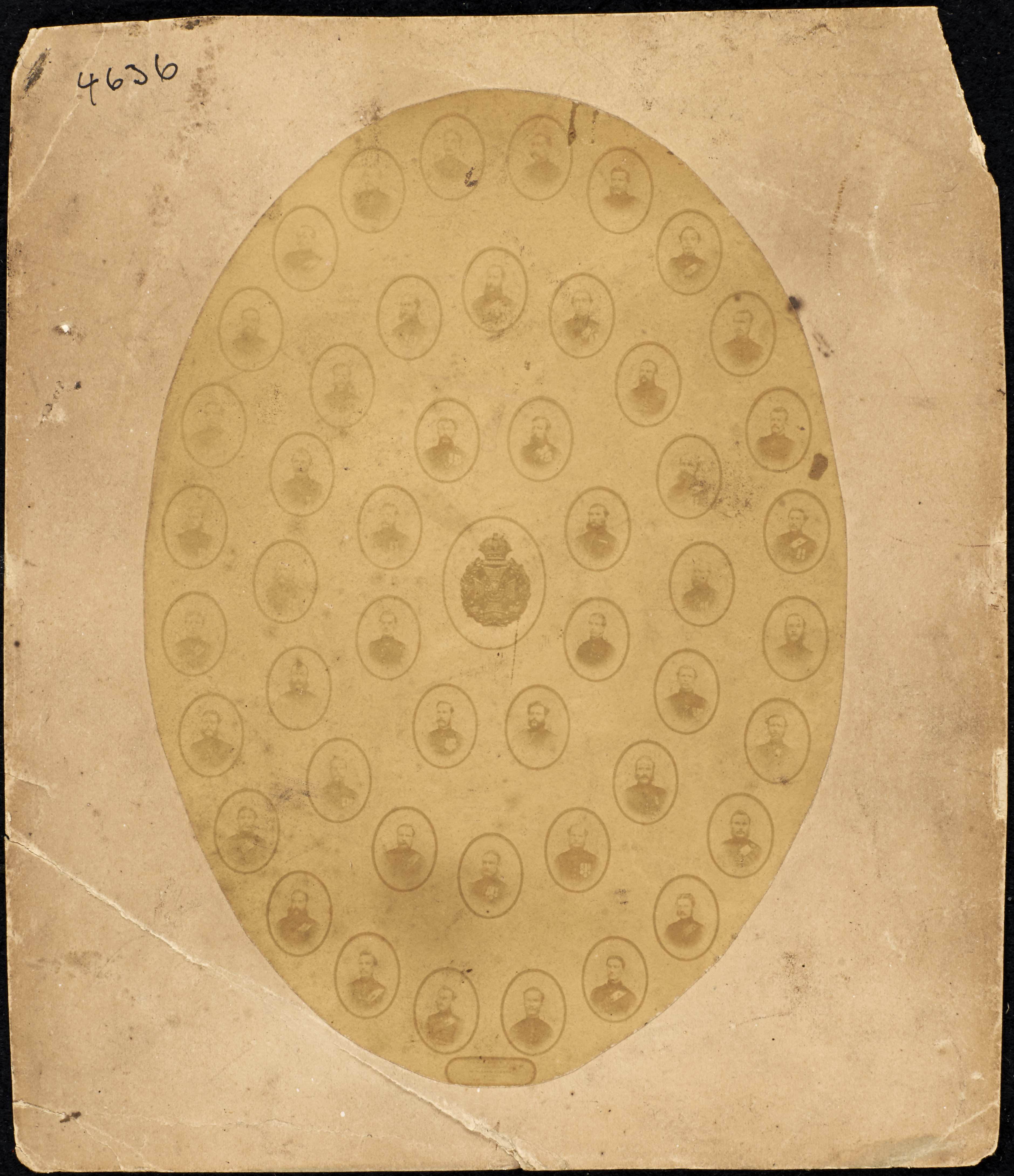 Portraits of the serjeants’ mess of the Rifle Brigade 1st Battalion 1868. Hampshire Records Office: The Royal Green Jackets Regimental Archive: 170A12W/P/4636
Portraits of the serjeants’ mess of the Rifle Brigade 1st Battalion 1868. Hampshire Records Office: The Royal Green Jackets Regimental Archive: 170A12W/P/4636
Based on Henry’s service record his portrait should be on here. Unfortunately the portraits didn’t come with a key so I don’t know which one is Henry. I have photos of three of Henry’s sons and two of his daughters so I started to see if I could spot any family resemblance. I quickly decided this wasn’t going anywhere because the portraits weren’t very clear and Victorian fashion meant there was a lot of facial hair.
Examining the photos made me realise that in most of them you could make out the soldier’s medals pinned to their chest. Based on Henry’s service record I knew that he had been awarded the British Crimea War medal and the Turkish Crimea War medal. This narrowed down the number of possible candidates, but not so that I could identify Henry. I numbered each portrait and tried to identify the number of medals each soldier had in the respective portrait. The left hand side of the image is particularly faded and the general quality isn’t great, but I came up with the following.
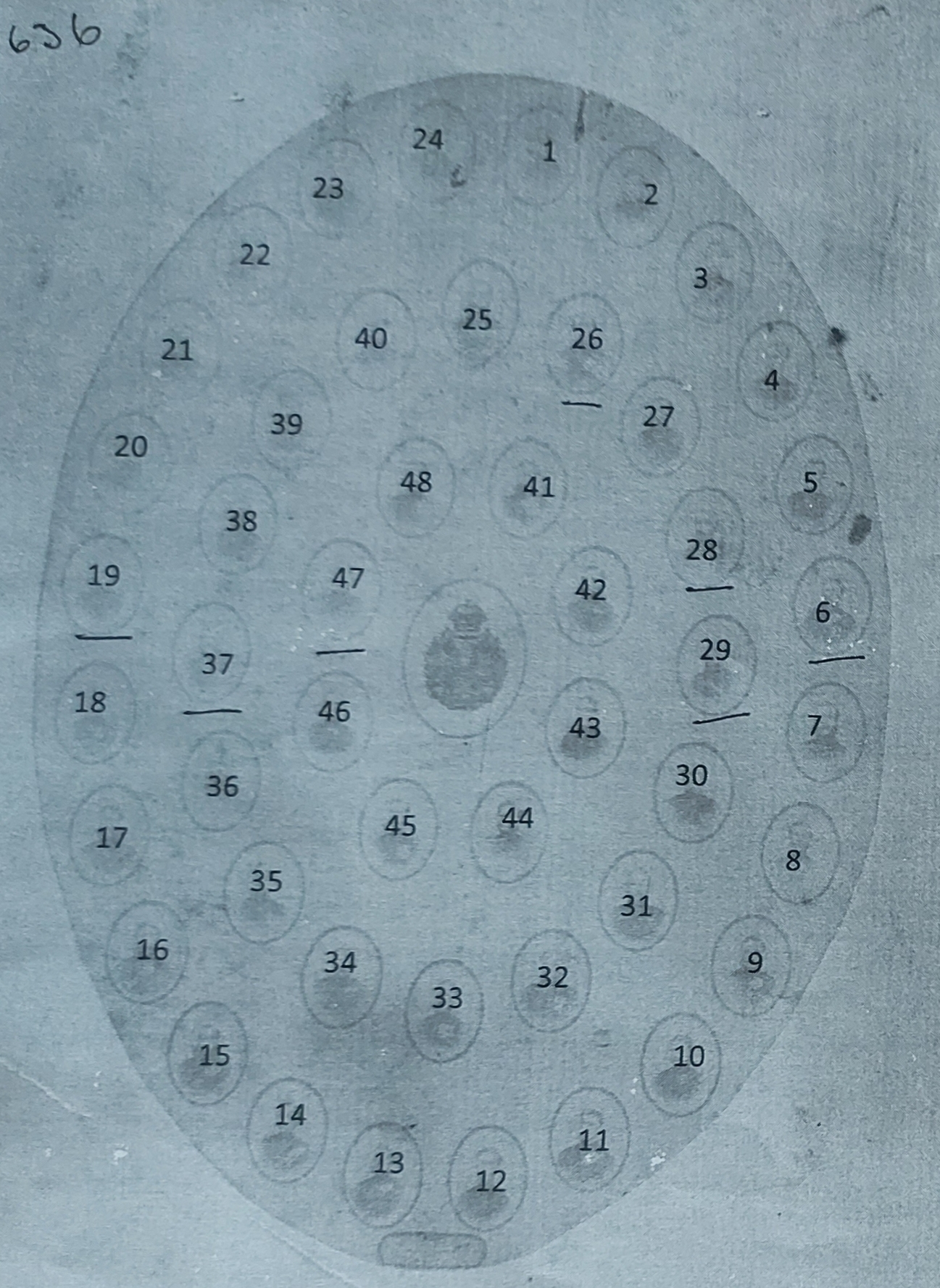 Serjeants’ mess portraits indexed
Serjeants’ mess portraits indexed
In trying to find out more about Henry I’d found out about regimental muster rolls held at the National Archives. Amongst other things muster rolls were used to track soldiers’ pay which is split out by rank. Following a post lock down visit to the National Archives to look at the Rifle Brigade’s muster books from 1868 I had a listing of all of the serjeants, including Henry, in the 1st battalion.
 Composite image of the Serjeants muster roll for the Rifle Brigade 1st Battalion for 01/04/68 - 30/06/68.
Composite image of the Serjeants muster roll for the Rifle Brigade 1st Battalion for 01/04/68 - 30/06/68.
After struggling to decipher copper plate writing and using some imaginative thinking I came up with the following list of members of the Rifle Brigade 1st Battalion’s serjeants’ mess.
| Surname | Forename | Rank |
|---|---|---|
| Hays | William | Serjeant Cooler |
| Andrews | John | Colour Serjeant |
| Campbell | John | Colour Serjeant |
| Desson | Thomas | Colour Serjeant |
| Gilbert | John | Colour Serjeant |
| Harrison | Richard | Colour Serjeant |
| Hawksford | James | Colour Serjeant |
| Knapp | Richard | Colour Serjeant |
| Pannifer | William | Colour Serjeant |
| Ross | David | Colour Serjeant |
| Aston | Edward | Colour Serjeant |
| Bailey | George | Serjeant |
| Barber | George | Serjeant |
| Beadle | George | Serjeant |
| Chittenden | Richard | Serjeant |
| Droy | Daniel | Serjeant |
| Eales | Walter | Serjeant |
| Everett | Edward | Serjeant |
| Golding | William | Serjeant |
| Grover | William | Serjeant |
| Holden | Samuel | Serjeant |
| Johnston | William | Serjeant |
| Lowe | Francis | Serjeant |
| Mahoney | Daniel | Serjeant |
| Moores | William | Serjeant |
| Morris | Henry | Serjeant |
| O’Neill | James | Serjeant |
| Payne | George | Serjeant |
| Stacey | Charles | Serjeant |
| Stewart | Robert | Serjeant |
| Stroulger | Charles | Serjeant |
| Swindell | Henry | Serjeant |
| Thomas | George | Serjeant |
| Williams | Charles | Serjeant |
| Woods | John | Serjeant |
| Wyld | John | Serjeant |
| McDonald | Allen | Serjeant |
| Royal | Jonathan | Serjeant |
| Mackey | John | Serjeant |
| Campbell | Peter | Serjeant |
| Dunbar | James | Serjeant |
| Kerfoot | Thomas | Serjeant |
| King | William | Serjeant |
| Stebbings | Robert | Serjeant |
| Ryan | Richard | Serjeant |
| Dimond | George | Serjeant |
In the 1868 serjeants muster roll for 01/04/68 - 30/06/68 there are 46 entries. There are 48 portraits on the picture so the numbers are in reasonable agreement so this wasn’t a total fool’s errand.
I knew that a soldier’s service record held the medals they’d be awarded. If I could get hold of the service records for all of the men listed then I could perhaps start to identify some individuals. By identifying individuals I could work out how the portraits were arranged and therefore determine which one was Henry. In the end through a combination of fold3.com, ancestry.com and findmypast.com I ended up with 23 service records including Henry’s.
For some of the service records I couldn’t find I did find medals recorded in Rifle Green in the Crimea by George Caldwell and Robert Cooper which are reportedly taken from the medal rolls of the Rifle Brigade that were held at the Public Records Office which is now part of the National Archives.
Most of the soldiers who had medals had been awarded the Crimea medal and the Turkish Crimea medal like Henry. Interestingly most soldiers had gone onto receive the long service and good conduct medal on the fulfilment of their 21 years of service. Notably Henry was not awarded this medal, presumably his desertion in 1855 counted against him in this.
British and Turkish Crimea Medals
Two men, James Hawksford and Walter Eales, had been awarded the Distinguished Conduct medal.
Distinguished Conduct Medal
Walter Eales was also awarded the Médaille militaire.
Médaille Militaire
What’s interesting from my perspective is that the DCM has a distinctive banded ribbon. Based on this I think I’m able to identify James Hawksford at 37 and Walter Eales at 30.

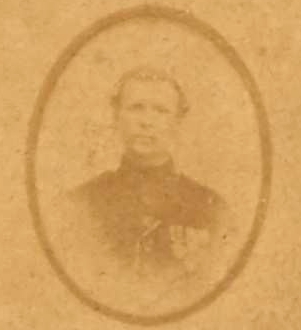
James Hawksford and Walter Eales
The distinctive DCM ribbon is visible closest to the centre of each man’s chest. I think you can just make out the distinctive shape of the Médaille Militaire on the outside of James Hawksford chest. This a bit tenuous, but it is longer than normal medals. I’m further convinced that number 37 is James Hawksford as there is a picture of his time as a Yeoman of the Guard which looks like portrait 37.
Based on the service records I’ve found there are two Légion d’Honneur recipients in the serjeants’ mess, James O’Neill and John Andrews.
Légion d'Honneur
I may have the wrong John Andrews service record as it records him being in the 2nd Battalion, leaving in February 1866, two years before the portraits were taken, and having a different regiment number. Somewhat fortuitously James O’Neill may provide the answer to this. In common with a number of other members of the serjeants’ mess James O’Neill was awarded the Crimea medal and the Turkish Crimea medal. The service record I have for him records him joining the Rifle Brigade in August 1859. Something is clearly amiss as the Crimean War ended in 1856. As the Légion d’Honneur is France’s highest order of merit its recipients are reasonably well documented. James O’Neill had a distinguished military career that is recorded at the Suffolk Regiment Museum. It details him leaving the Rifle Brigade in June 1859 before rejoining in August that year. I’ve not been able to find evidence that John Andrews re-enlisted after February 1866, but in my opinion it shouldn’t be ruled out.
I think I’ve been able to identify a Légion d’Honneur in portrait number 45 towards the soldier’s arm. There is also a passing resemblance to the picture of James O’Neill on the Suffolk Regiment Museum website so I think number 45 is James O’Neill.
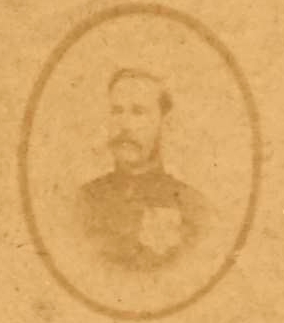 James O’Neill
James O’Neill
In many ways this isn’t the blog post that I wanted to write. The one I wanted to write ended with me identifying Henry. Unfortunately this has proven to be harder than I had hoped. That said there are still further things I can investigate and I wanted to get down what I had found out so far.
I’m hopeful that having identified some individuals I’ll be able to determine the order that the portraits were arranged in and therefore identify Henry. I do have a nagging doubt about there being 48 portraits and the muster roll only having 46 entries. At some point I plan to return to the National Archives to see if I can find a muster roll which has 48 entries around 1868. I’ll also revisit my search for service records as James O’Neill has shown me that a soldier could have multiple ones. As I continue to review the portraits and the service records I’m sure more questions will come up which will help with identifying Henry.


